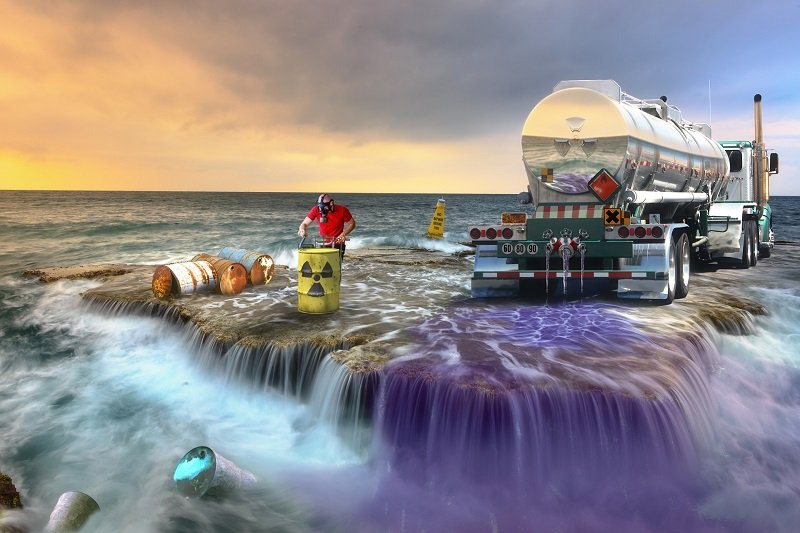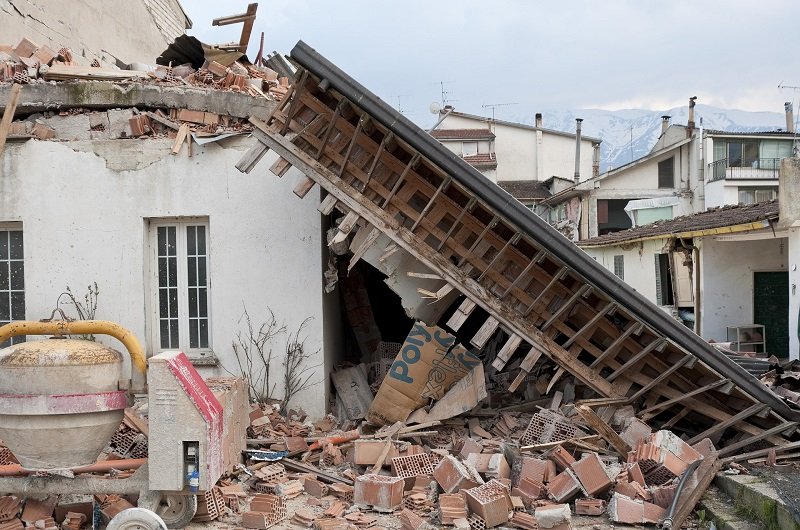What Each Type of Civil Engineering Branches Do

It’s a less than popular known fact that there are many types of civil engineering. People may not talk about it often. However, the different types of civil engineering have been around for many decades already.
Civil engineering is practically one of the oldest jobs in the world. Civil engineering usually includes constructing, designing, and maintaining a physical environment. This comes with structures such as airports, roads, bridges, and many more. For obvious reasons, a civil engineer has an influence on the things we use every day and our surroundings.
Having said all that, here are some of the main types of civil engineering.
Main Types of Civil Engineering
There are quite a few branches of civil engineering. Here are just some of them.
Construction and Management Engineering

Construction and management engineering is largely about creating things like bridges, buildings, roads, and railways. The purpose of engineering construction is to construct these structures in the most efficient, safe, and sustainable way possible. In the present day, they also try to construct skyscrapers as environmentally friendly as possible.
After the construction phase follows an asset management phase. In this phase, the construction and management engineer will draw out the maintenance, operation, and refurbishment. It will be done over the lifespan of the project. These things have to be managed holistically. This is so that the owner of the project can ensure that there is value in return for money invested on the project.
Geotechnical Engineering

Of all the civil engineering types, geotechnical engineering is concerned with understanding how a project interacts with the ground. People in the geotechnical engineering field will usually deal with structures such as tunnels, bridges, roads, railways and similar.
Geotechnical engineers have to deal with a different type of ground for every project. Whether if it is made out of soil or rock, it is the geotechnical engineer’s job to figure out how it will function with the project. This motivates most geotechnical engineers because no two grounds are the same.
Structural Engineering

Assessing and designing the construction of bridges, towers, buildings, dams and more is within the job of a structural engineer. These structures need to be constructed in a way that makes them safe, sustainable, economical, and somewhat pleasing to the eye. Similar to construction and management engineering, structural engineering uses math and physics to do their job.
By using math and physics, structural engineers can see if all parts of the project have sufficient strength to take loads. They can also determine the structures service life and see if it is stable. Of every type of civil engineering projects, structural engineering plays the biggest part in designing and choosing materials for a project.
Transport Engineering

To no one’s surprise, transport engineering is the planning, designing, and operation of huge transport systems. Whether if it is public or private, everybody needs to have access to some form of transportation to move around. People have many ways of transportation today such as air, water, road, and railway transport.
A transport engineers’ job is to ensure that these forms of transportation can meet certain standards. Standards such as sustainability and safety need to be attained. With the technology we currently have, transport engineers are trying to reduce emissions and energy use. They have aimed to become environmentally friendly. Transport engineering is about always looking for a way to improve our transportation systems.
Water Engineering

How does water interact with our surroundings? Water engineering is about understanding why natural water systems behave the way they do. Water engineering also involves designing and creating ways to store or direct water. Understanding how water functions can create a way for us to conserve water. For now, water engineering is focused on dealing with floods, groundwater, and other disasters related to the water element.
Environmental Engineering

Environmental engineering focuses more on designing innovative ways to conserve densely populated areas. At the same time, it also prevents and reduces pollution from destroying the environment and natural resources.
Generally, environmental engineers disseminate detailed analysis on a huge spectrum of environmental issues. They also create solutions to these problems. Projects under environmental engineering help tackle global issues. It also helps to improve control of recycling, public health, water, and pollution.
Coastal Engineering

This is a type of civil engineering that includes the sciences of oceanography and coastal geology. They are to help manage erosion, place, and buildings. Coastal engineering screens coastal structures, nourish beaches and maintains harbours and ports. It also helps monitor other related navigation properties. In an attempt to address environmental and ecological problems, coastal engineering plays an important role in protecting coastlines.
Earthquake Engineering

Earthquake engineering is a type of civil engineering that specializes in extenuating hazards involving earthquakes for structures. This type of civil engineering takes descriptions of earthquake sources to analyse structural responses and site effects. Earthquake engineers also apply their knowledge to design, plan, and construct earthquake-resistant structures. Similar to the other types of civil engineering, the seismic safety of a structure reflects the same processes: design, construction, and location.
For earthquake engineering, the location means everything. The West Coast in North America, for example, is highly prone to earthquakes. Since that it sits upon the San Andreas Fault. Earthquake engineers usually study special instruments like strong-motion seismographs to comprehend ground motions from earthquakes. Earthquake engineering has similar tasks to structural engineering in terms of defining the stability of structures.
Forensic Engineering

It’s all about finding out what went wrong. By applying their forensic engineering knowledge, these engineers determine the cause of structure or machine failure. With reverse engineering, forensic engineers can find out the causes of why a component, machine, or structure has failed its performance.
Conclusion
Civil engineering has made many of the structures we see and use every day. To say that they have a huge impact on our lives will be an understatement. There are many types of civil engineering branches. However, each one has an important role to fill. Without these different types of civil engineering, our society is less likely to advance.
